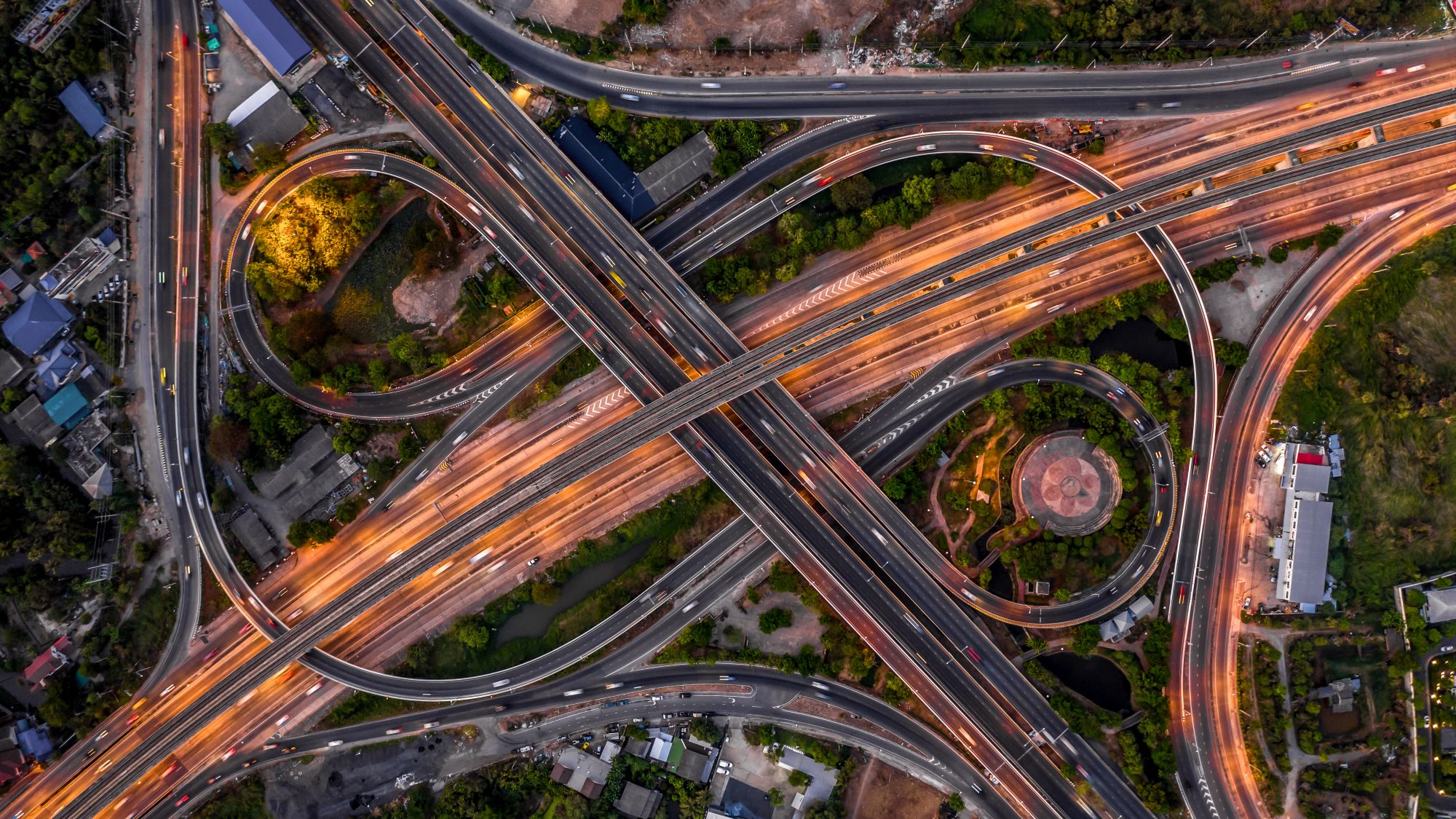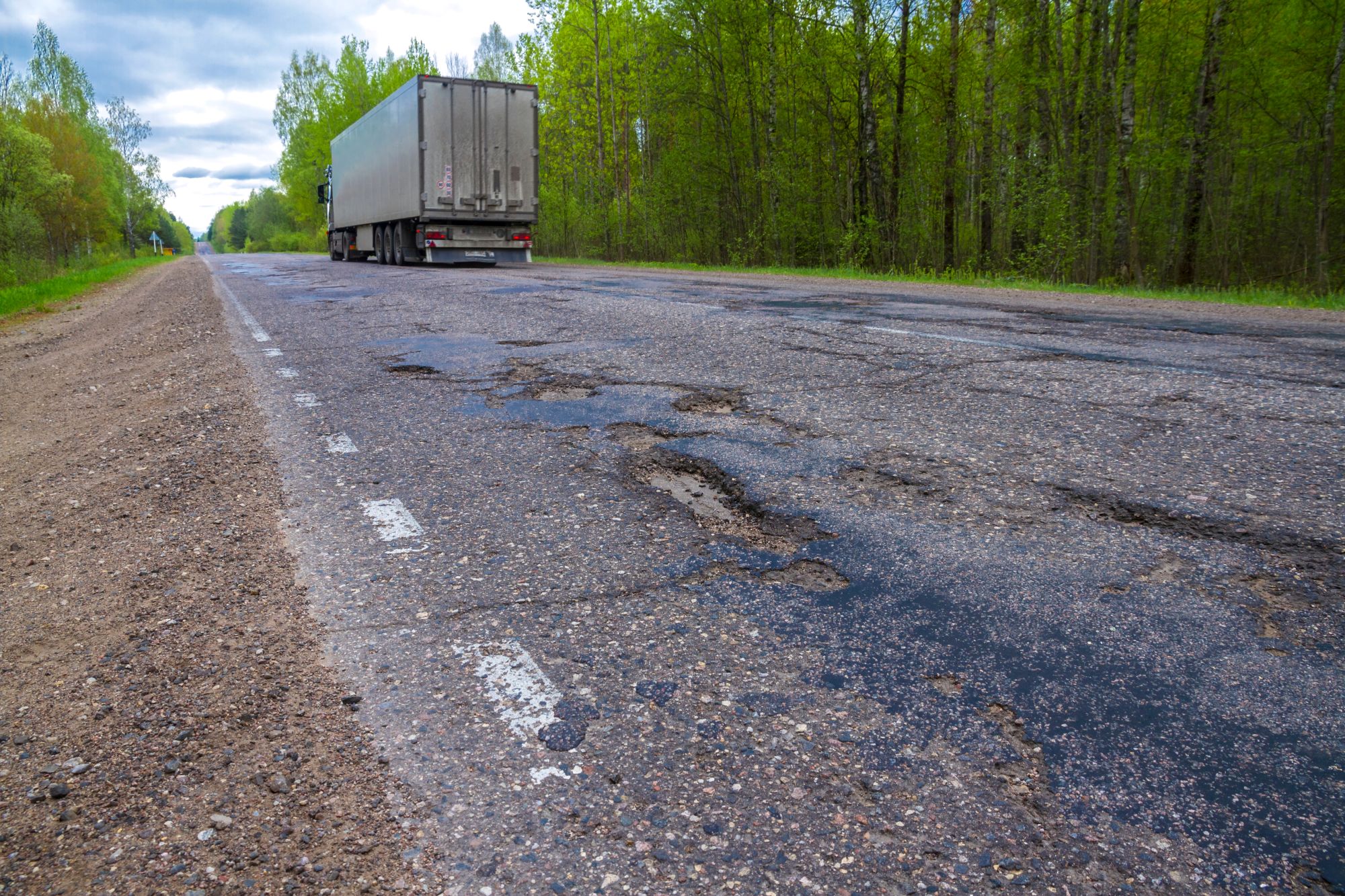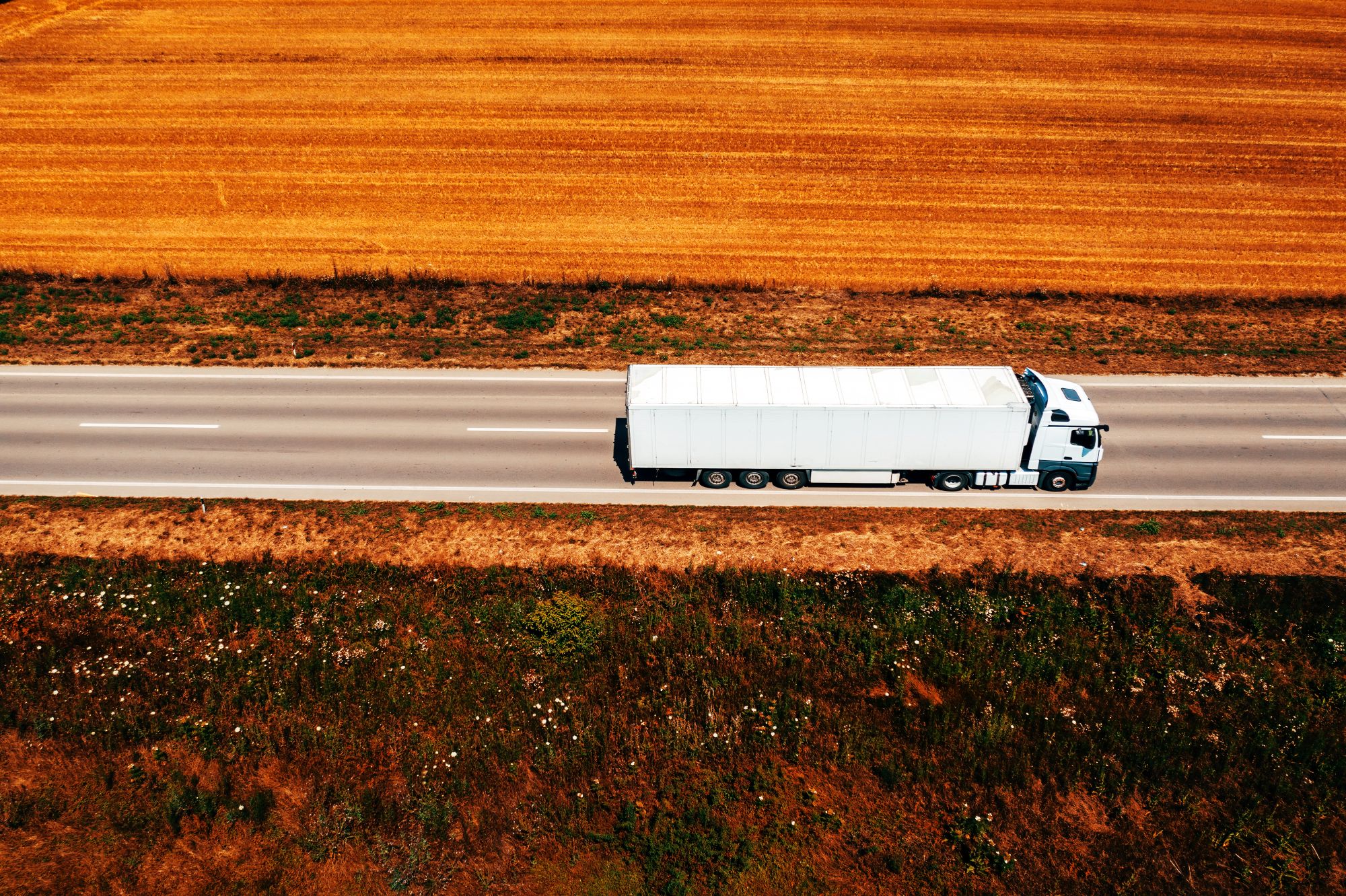
Guest
Как финансирането на инфраструктурата в Обединеното кралство може да повлияе на индустрията за мобилност
Създаден: 02.07.2025
•
Актуализирано: 03.07.2025
След години на неефективни инвестиции и нарастващи задръствания правителството на Обединеното кралство се ангажира да отпусне повече от 700 милиарда паунда за инфраструктура през следващото десетилетие - голяма част от тях са предназначени за пътищата в страната. Въздействието на 10-годишната инфраструктурна стратегия върху шофьорите на търговски превозни средства и по-широката индустрия за мобилност може да бъде трансформиращо - от нови коридори за товарни превози до авангардни цифрови системи за движение.
Пътищата достигат точката на пречупване
Пътищата са само една част от транспортния микс на Обединеното кралство, но по тях се превозват преобладаващата част от стоките. По данни на правителството 81 % от вътрешните товари и 75 % от вноса и износа се осъществяват по пътищата, което ги прави гръбнак на логистиката и икономиката на Обединеното кралство.
И въпреки че съставлява малко повече от два процента от пътната мрежа на Обединеното кралство по дължина, Стратегическата пътна мрежа (SRN) извършва 34% от всички пътни пътувания - включително много от най-чувствителните към времето маршрути за превоз на товари с голям обем. За шофьорите, които ги използват, състоянието и капацитетът им оказват пряко влияние върху безопасността, ефективността и изпълнението на доставките.
Данните от Индекс за състоянието на пътищата (RCI) обаче показват, че около 24 500 мили - повече от една на всеки 10 мили - от мрежата в Англия и Уелс вероятно ще се нуждаят от поддръжка през следващите 12 месеца.
Редица неотдавнашни аварийни затваряния на мостове допълнително разкриха колко уязвима е мрежата. В някои райони напуканите носещи конструкции и бетонът от десетилетия създават опасни условия за всички участници в движението - особено за тежкотоварните автомобили, които често първи се сблъскват с ограничения на теглото или принудително пренасочване.
В отговор на това правителството създаде нов фонд на стойност 1 милиард паунда за ремонт и възстановяване на мостове, кръстовища и естакади, който е част от инфраструктурната му стратегия. Това е добре дошла стъпка, която отразява нарастващия натиск на индустрията. За професионалните шофьори това може да означава по-малко обиколки, по-малко внезапни ограничения и по-малко време, загубено заради инфраструктура, която не е подходяща за съвременната логистика.
Но безопасността не се състои само в това да се избегнат катастрофални повреди. Става дума и за дългосрочна устойчивост - да се гарантира, че пътищата, мостовете и преходите се поддържат правилно, преди да се превърнат в опасност. Това подновяване на вниманието към поддръжката е сигнал, че поддръжката на пътищата най-накрая може да започне да съответства на мащаба, размера и скоростта на превозните средства, които зависят от тях.

Проблемът с дупките
Макар че в съобщенията преобладават проектите с висока степен на важност, често ежедневното състояние на пътната настилка оказва най-голямо влияние върху шофьорите. За тези, които се занимават с превоз на товари, дупките са нещо повече от неприятност - те са постоянна заплаха за безопасността и скъпоструващо бреме.
Многократното излагане на неравни повърхности увеличава износването на тежкотоварните автомобили, уврежда гумите и окачването и допринася за умората на водача. В някои случаи повредите от дупки принуждават превозните средства да излязат от пътя за спешни ремонти, което прекъсва доставките и засяга споразуменията за нивото на обслужване.
За водачите рисковете са лични. Опитите да се избегнат дупките - особено по тесни или натоварени пътища - могат да доведат до опасни маневри. Ако към това се прибавят лоши метеорологични условия, ограничено осветление или кратки графици за доставка, залогът само нараства.
Като част от по-широките си усилия в областта на инфраструктурата, правителството отпусна 1,6 милиарда паунда в рамките на Плана за промяна за обновяване на местната инфраструктура, включително дупки, напукани повърхности и износени пътни платна. Целта е пътищата да бъдат приведени в по-безопасен и надежден вид, особено по маршрутите, по които се извършват тежки товарни превози.
Това няма да реши проблема за една нощ, но бележи промяна в приоритетите - признава се, че благосъстоянието на водачите започва с основните неща и че безопасното и удобно пътуване зависи от добре поддържаните пътища.
Ползите за автопарковете включват по-малко непланирани ремонти, по-малко застрахователни искове и по-малко престой на водачите. За водачите това означава по-малко сътресения, по-малко стрес и едно нещо по-малко, за което да се притесняват по време на дългата смяна.
Надеждна мрежа
Благосъстоянието на шофьорите е в центъра на съвременния разговор за транспорта. Дългите часове, закъсненията в разписанията и неадекватните съоръжения са взели своето. Но последните планове на правителството дават надежда за по-безопасна и по-добре свързана мрежа.
В Обединеното кралство съоръженията за шофьори трудно успяват да отговорят на търсенето. Паркингите често са ограничени, услугите са недостатъчни, а много от местата за почивка не са достатъчно удобни и сигурни - особено при превози на дълги разстояния. Ето защо правителството също подобрява средата за шофиране: по-сигурни паркинги, по-добри социални услуги и реформи в планирането, за да се ускори изграждането на нови обекти.
Същевременно се ускоряват инвестициите в центрове за зареждане и зареждане на електрически и водородни камиони. Мото например се ангажира да инсталира над 300 зарядни устройства за електрически камиони на 23 места на магистралата, а Ашфорд Тракстоп се превръща в основен център за зареждане на товари през Ламанша. Тези съоръжения не са само за поддържане на движението на превозните средства, но и за предоставяне на водачите на безопасни, добре оборудвани места за почивка и презареждане.
Ако шофьорите ви търсят безопасно място за спиране, нашето приложение intruck им позволява да откриват и резервират спирки за почивка в Обединеното кралство и Европа. Научете повече и го изтеглете от тук.

Цената на задръстванията
Пътните задръствания, непредвидимите маршрути и натискът за спазване на сроковете за доставка допринасят за стреса и умората на шофьорите - и превръщат пътя в по-опасно място.
Големите инфраструктурни подобрения като пресичането на долната част на Темза, прокарването на път A66 и подобренията на остров Симистър на магистрала M60 имат за цел да намалят задръстванията и да намалят рисковете от произшествия в някои от най-известните пресечни точки в Обединеното кралство.
Освен това все още има стремеж към въвеждане на цифрови инструменти, които подпомагат по-безопасни и гладки пътувания. Предупрежденията за пътната обстановка в реално време, интелигентните системи за засичане и по-доброто управление на трафика ще помогнат на управителите на автопаркове и шофьорите да реагират бързо на смущенията и да променят маршрута, когато е необходимо.
Програма за цифрови пътища на Националната пътна мрежа вече полага основите за това с интелигентна инфраструктура, която може да открива опасности по-рано, да управлява по-интелигентно пътните потоци и да съобщава по-ясна информация в реално време.
Какво означава това за мобилността?
Стъпка напред за мобилността и благосъстоянието на водачите. Координираните национални усилия за справяне с изоставането в инфраструктурата на Обединеното кралство и за модернизиране на пътищата по начин, който е от полза за водачите, които разчитат най-много на тях.
Истинското изпитание ще бъде при доставката. Превръщането на финансирането в осезаеми подобрения ще изисква да се вслушваме в шофьорите, да се учим от опита на преките участници в движението и да оценяваме успеха по това как се чувстваме по пътищата, а не само по това колко струват.
"Тази нова вълна от инвестиции не е само за намаляване на времето за пътуване", казва Стюарт Уилетс, мениджър бизнес развитие в SNAP. "Става дума за изграждане на транспортна мрежа, която подпомага благосъстоянието на водачите, оперативната ефективност и прехода към чиста мобилност. Нямаме търпение да видим резултатите."
Искате ли да видите как се развива мобилността там, където се намирате?
Използвайте SNAP картата за намиране на услуги и решения близо до вас - независимо по кой път се намирате.



